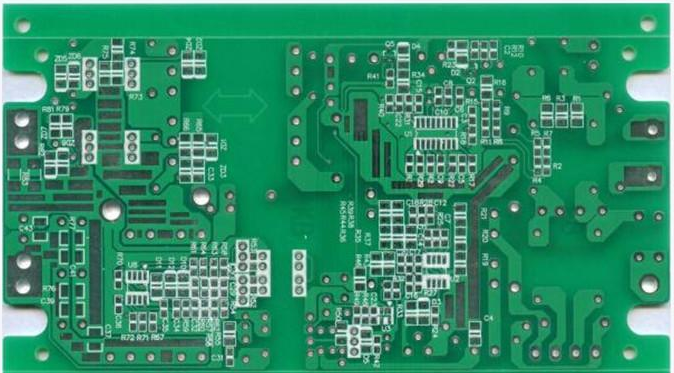Potting is usually the last step considered in the PCB assembly process. Because it is a chemical process, electronic design engineers are not proficient in the interaction between potting systems and components. Experience usually comes from trial and error. Extensive discussions at the beginning of the design process can save a lot of time and cost.
definition
Potting is the impregnation of an electronic part or an electronic component. Potting involves a shell that remains in use throughout the application. A mold is used for encapsulation, the component is then filled, and the component is released from the mold to form a shell.
This article will give the purpose of potting, potting is the most common process in SMT.
There are many advantages to using potting systems, such as being waterproof, dustproof, direct contact with harsh environments, conductive pollutants, chemical erosion, vibration, and shock resistance. Potting provides structural reinforcement and improves electrical insulation and heat dissipation performance. So that high-voltage components can be assembled more closely.

Unfortunately,potting and encapsulation are usually considered to be the final stages of the production process, which have nothing to do with general electrical design and involve chemical engineering. If the electronic designer takes a comprehensive view from the beginning and is familiar with the potting glue supplier, it can save a lot of time and money.
The most common pcb potting compounds are based on two-component systems. Within the specified time, the two liquids are mixed together to form a solid compound. This is often a misunderstanding, and the ratio between the two liquids can be adjusted to adjust the reaction time to form a solid. In order to achieve the final curing performance of the material, the ratio of the two must be accurately maintained. It is also important that the two liquids must be carefully and thoroughly homogeneously mixed during mixing. Any unmixed liquid will not solidify and may cause problems during the life cycle of the component. PCB assembly potting.
The choice of potting material
First, the storage, operation, and peak temperature of the components must be considered. This will quickly give you the types of materials that can be used. The thermal performance of the material is usually selected according to the long-term exposure;
*Polyurethane -50 degree Celsius~140 degree Celsius;
*Epoxy resin is -40 degree Celsius~150 degree Celsius, with a certain system, it can reach 200 degrees Celsius;
*Silica gel -60 degree Celsius~250 degree Celsius.
These numbers are different for different products and exposure times. For example, certain polyurethanes can withstand short-term peak temperatures during reflow soldering. However, these data can serve as a good starting point.
Hardening, expansion, and contraction during thermal cycling are also a key factors in potting compounds in electronic applications.
Polyurethane can be customized to any HS hardness, 3000 (like soft gel) to 90 D (rigid glass). Can provide high elongation, with good tear resistance. Based on the hardness, the expansion and contraction characteristics will change with the temperature range.
The inherent rigid system of epoxy resin is as high as 90 D. Because of their rigidity, they have low expansion and contraction characteristics, but they are usually not used in PCB components because the rigidity cannot match the solder. It is well known that during thermal cycling, PCB solder joints will crack and bring stress to the components. In addition, when they are exposed to lower temperatures, they become brittle due to rigidity, and therefore, are sensitive to shock and vibration in cold regions, during transportation and storage. PCB assembly potting
Silicone is a soft system, 2000 to 90 A. They have high expansion and contraction characteristics, but because of their softness, they will not bring interaction and stress to components, substrates and PCB solder joints. Silicone resin is usually used in electronic designs that are prone to failure. When failure is repaired, it is necessary to rework the substrate and remove the potting compound. This is obviously a contradiction because the components are inevitably potted to ensure that there is no leakage path. The ability to remove the potting compound indicates poor adhesion, which is contrary to the principle of using potting glue. For example, a large number of LED driver manufacturers use silicone so that they can repair inferior electronic designs, but often fail due to water seepage due to lack of adhesion.